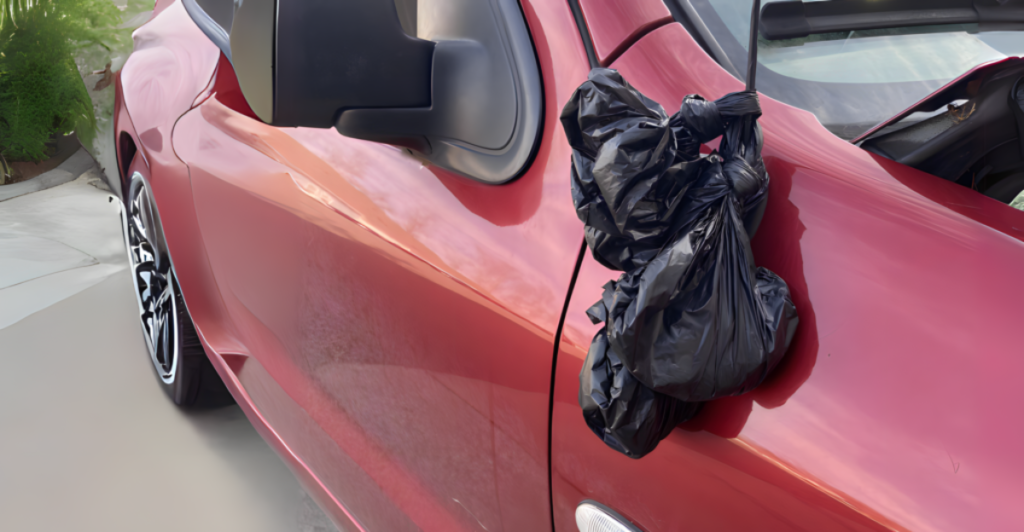
We can all agree that stepping in, walking around, and spotting dog poop is just plain annoying. Yet, despite increased awareness campaigns, communal rules, and hefty fines, some dog owners still find basic consideration for their fellow humans difficult. So if polite signs and passive-aggressive glances aren’t working, maybe it’s time to get a little creative… and maybe a little mischievous.
Understanding the Psychology of the Offender
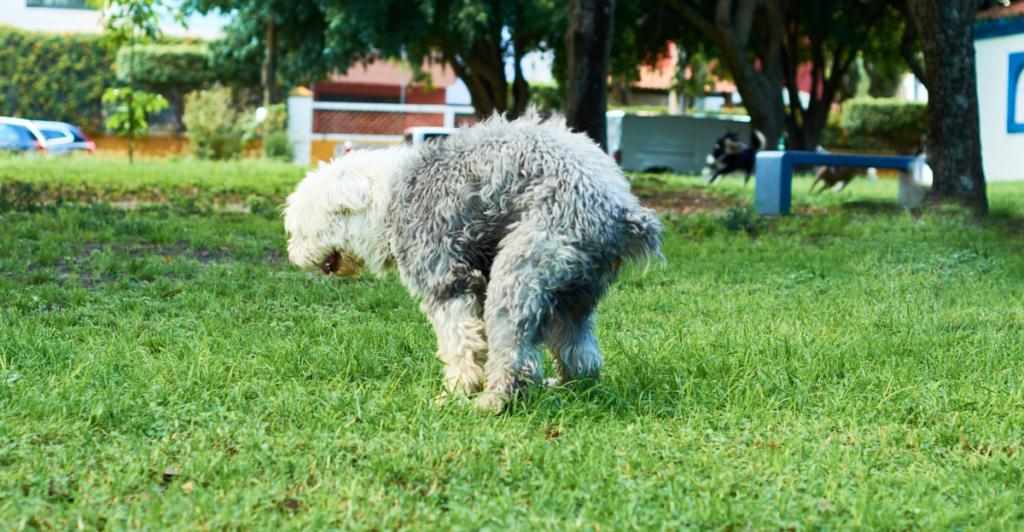
The elusive answer as to why people don’t pick up after their dogs is a frustrating question to ponder. Is it laziness, forgetfulness, or a genuine lack of awareness? To get dog owners to pick up after their pooches, we need to understand their thinking (or lack thereof) behind their actions. Doing so can help pick and tailor your “retaliation” strategy.
Mindful Mischief and Mayhem
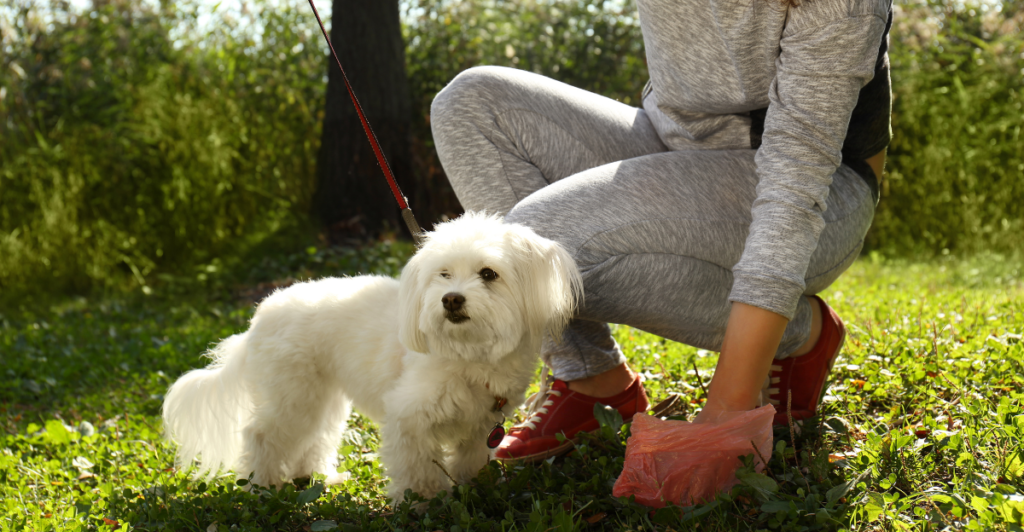
While getting creative is fun and generally lighthearted, it’s important to remember that the goal is to raise awareness and encourage responsible behavior, not to incite anger or create conflict. Therefore, remember to be intentional, firm but polite in your anti-dog poop efforts. The best way to do this is to focus on the act rather than the individual – there’s no need to get personal about it.
1. Operation “Return to Sender”

Inspired by a strategy implemented in Brunete, Spain, this tactic involves a bit of effort. The idea is fairly simple: return the dog poop to the dog owner. A fairer version of the “ding dong ditch,” if you will. Ideally, you would need to identify the dog owner in question, discreetly collect the poop, bag it (maybe pop a “Lost and Found” label on it – cheeky!), and finally, return the “package” by way of the owner’s front door.
2. The “Orange Highlight” Treatment
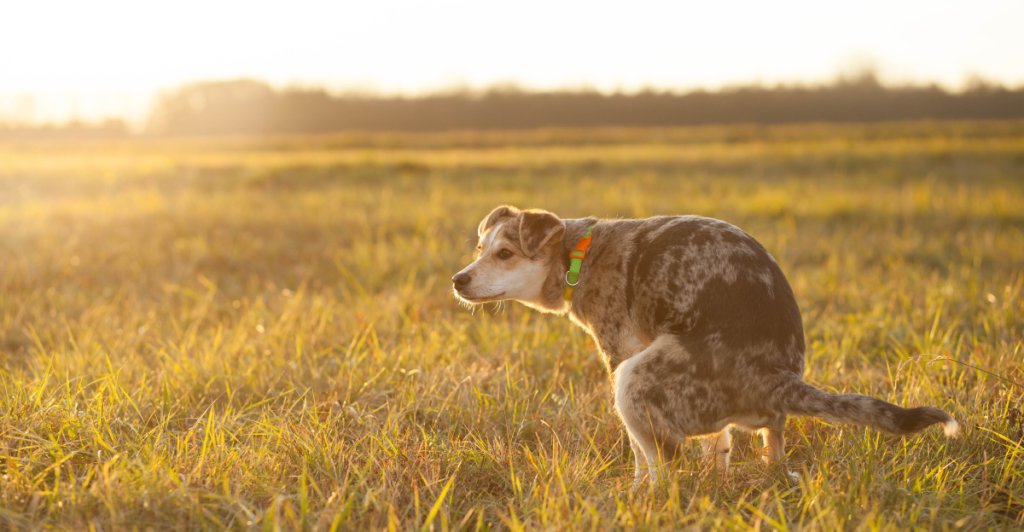
In Corvallis, Oregon, community members took matters into their own hands to raise awareness. Their strategy? Spray-painting abandoned dog poop bright orange to bring the severity of the problem to light and make it impossible to ignore. To do this, you need some brightly colored spray paint (orange is just one option – neon pink is another), preferably an environmentally-friendly brand, and then get painting using uncollected poop piles as your canvas.
3. The “Poo-Shaming” Campaign

The “Wall of Shame” is a great online campaign for smaller communities. Inspired by a local block association in Fort Greene, Brooklyn, you can create a social media page (Facebook, Instagram, or even a WhatsApp group) where neighbors and community members are encouraged to submit photos of dog owners who don’t clean up after their animals. While this isn’t always easy, it can be effective. However, you need to remember to keep privacy laws in mind.
4. The Rewards Program
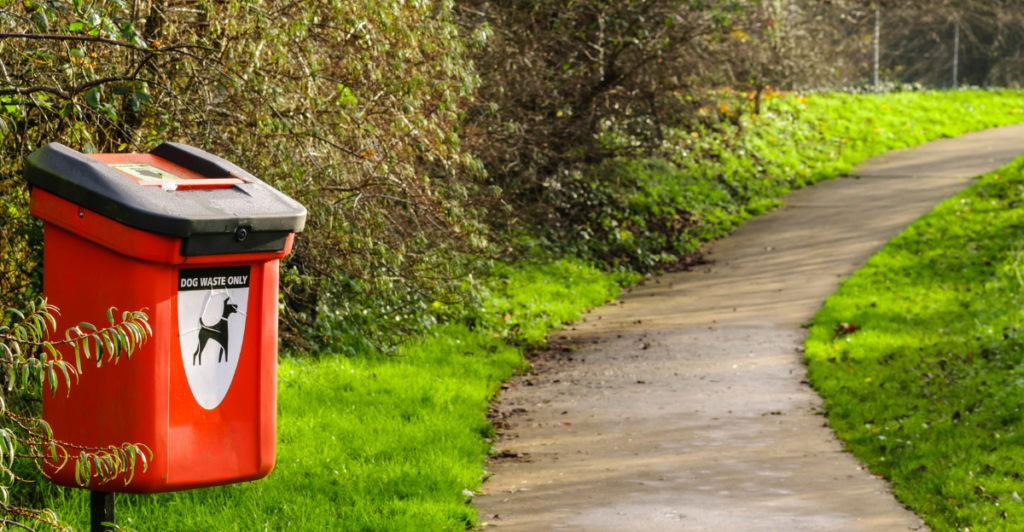
Inspired by efforts in Mexico City and New Taipei City that essentially bribe dog owners to clean up their dog’s poop, why not implement a rewards program? You would need to design a brightly colored, eye-catching waste disposal bin and sign promising a small reward (a discount code to a local coffee shop, perhaps?) for those who deposit bagged poop. Not only does this aim to solve the poop problem, but it can also help support local businesses.
5. The “Turdinator” Tactic
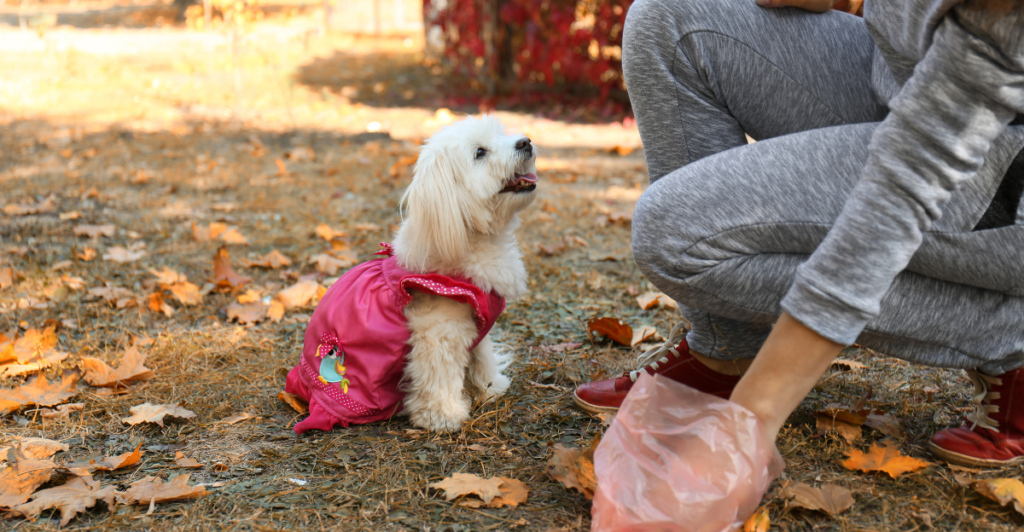
Andrew Hawes’ (from Suffolk, England) tactic is the way to go for a more hands-on, risky approach. Hawes dresses in camouflage, monitors problem areas, and confronts offenders directly, informing them that they’re being filmed and that the recording will be deleted if they clean up. If they don’t, then he will post the video on social media. It’s a theatrical way to hold people accountable, but it is effective – no one wants videos of themselves breaking laws online.
Community Collaboration for the Win

As a rule, these tactics are most effective when done as a group effort in an organized manner. Just as neighborhood watch programs can be effective, a neighborhood “poop patrol” or a community cleanup day can do the trick too. By engaging with your community on a community issue, offenders will likely be in the minority – which can force their compliance.
Positive Reinforcement
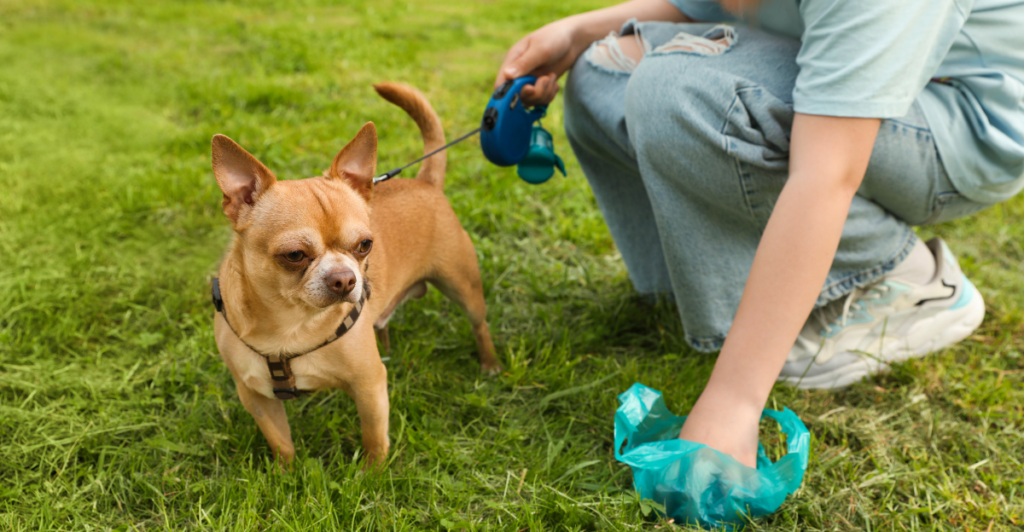
While “getting back” at offenders can be fun and even a bonding experience within a community, positive reinforcement can be just as effective. One way to do this is to publicly praise responsible dog owners and acknowledge their efforts. This helps set the example and can work in convincing offenders to be more responsible and considerate.
Let’s Consider the Law
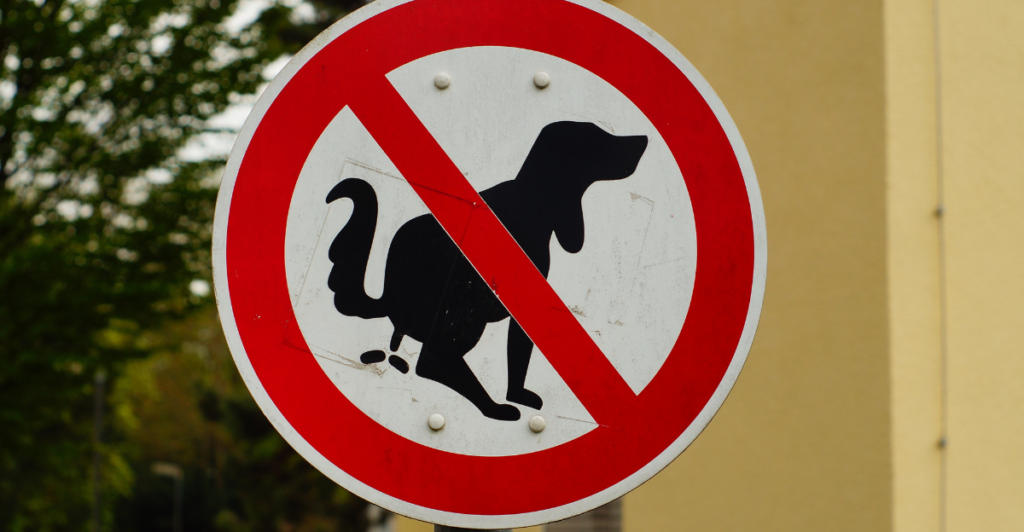
Before embarking on any of these strategies and tactics, check your local ordinances and regulations. By doing so, you can avoid breaking any laws or community regulations yourself and ensure that you are not infringing on your neighbors’ rights. Otherwise, you might find yourself facing harassment, vandalism, or trespassing accusations.
The Less Effective Alternatives

Sometimes, the best approach is the most straightforward, however ineffective they might seem. These alternatives include contacting local authorities to report problem areas or request increased enforcement of existing poop-scooping laws, politely asking dog owners to pick up after their animals (without the Hawes theatrics), informing offenders of the consequences of their negligence, and providing poop bags in popular dog walking areas.
Cleaning Things Up, One Poop at a Time

While these creative tactics may provide temporary satisfaction (and a whole lot of fun), the ultimate goal is to create awareness and inspire dog owners to take responsibility for their pet’s waste. However, it is important to do so responsibly and with grace. After all, you’ll want to keep your side of the street clean when confronting dog owners who might not take kindly to your endeavors.
Discover more of our trending stories and follow us to keep them appearing in your feed

13 Dog Breeds That Will Defend Their Humans No Matter What
12 Common Cat Myths That Are Completely False
California Is Breaking Apart: A Fault Line Is Forming Faster Than Anyone Predicted
The War on Cows Is Over—And Green Extremists Have Lost
References:
Reference 1
Reference 2
This article first appeared here
Stay connected with us for more stories like this! Follow us to get the latest updates or hit the Follow button at the top of this article, and let us know what you think by leaving your feedback below. We’d love to hear from you!







